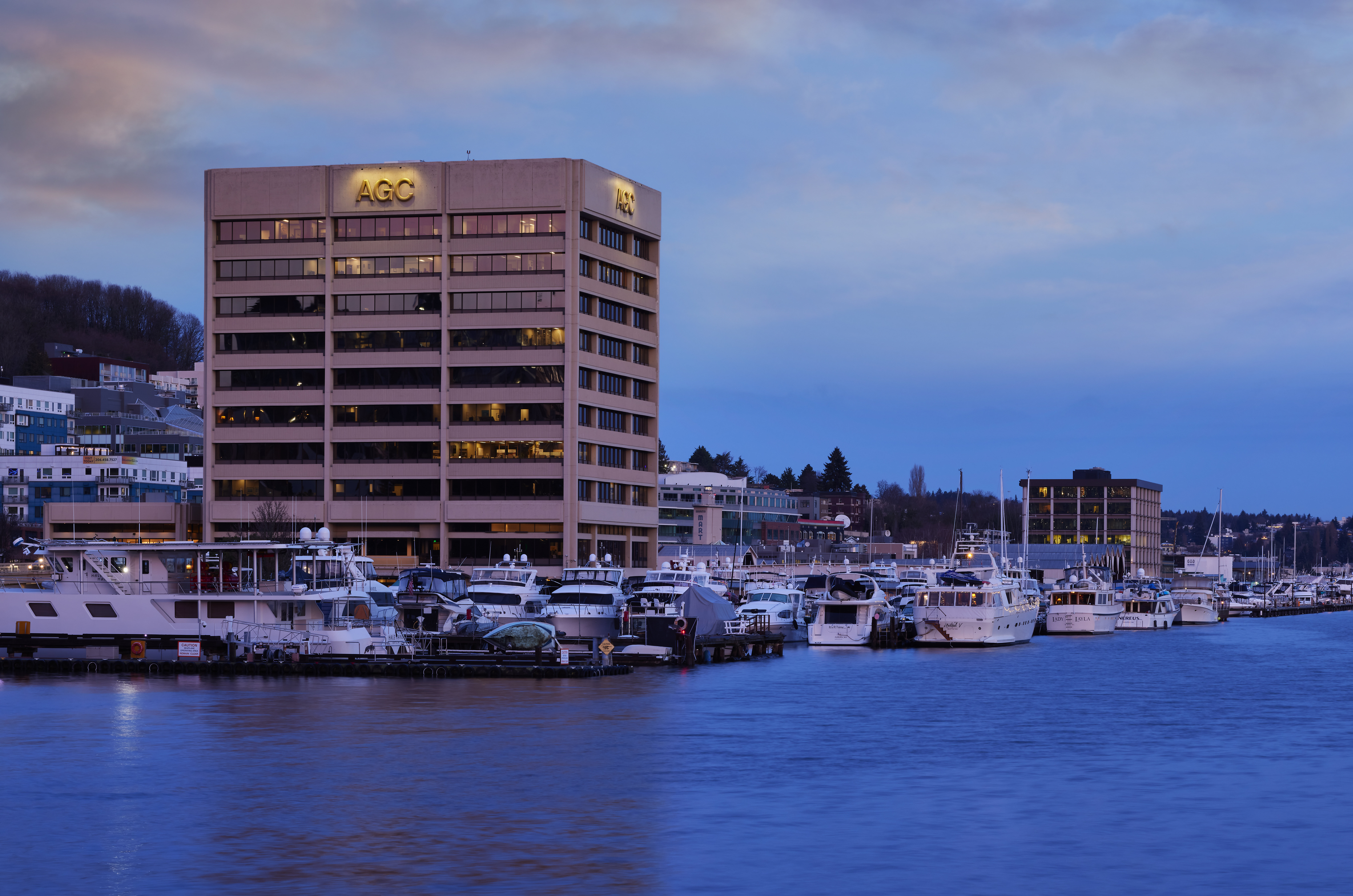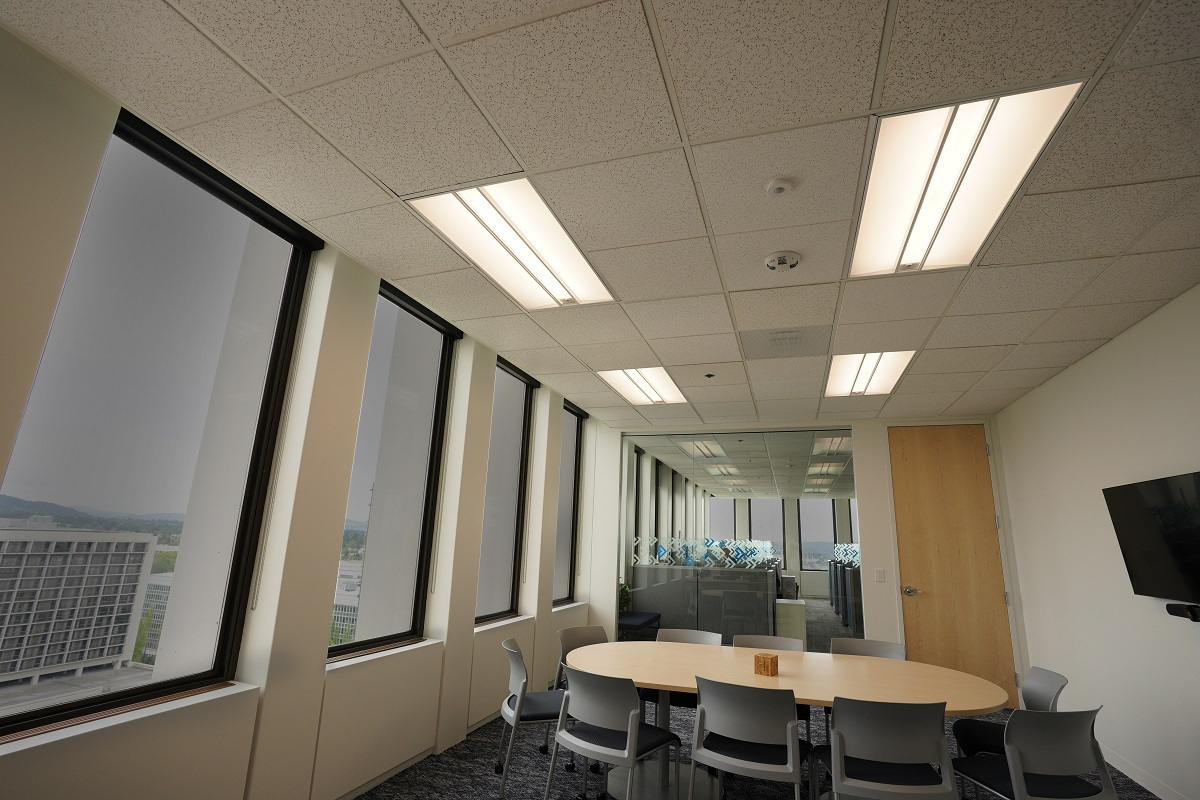Ask the Expert: How to Future Proof Your Lighting

Lighting is a huge investment for any commercial building. According to some estimates, lighting alone accounts for almost 40 percent of the average commercial building’s electricity use — not to mention the cost of the lighting systems themselves.
That’s why building owners and engineers want to make smart lighting investments with their dollars and time.
So where can they start? We ask our lighting expert, Chris Wolgamott, how Luminaire Level Lighting Controls can help reduce energy consumption and costs.
LUMINAIRE LEVEL LIGHTING CONTROLS
Installing Luminaire Level Lighting Controls (LLLC) is the most important step to creating a lighting system that lasts.
What sets LLLCs apart from the regular lights in your home or office is that each LLLC unit is controlled individually and contains sensors. Instead of the usual “zoned” lighting in most offices, these units can be adjusted individually through an electronic interface like an app. But it’s the addition of sensors that unlocks the true power of LLLCs.
Sensors allow the units to respond independently to different conditions — like more outside light or fewer occupants — and act as the backbone of a building's sensing network. Think about it: wherever people are within a building lighting follows. So wherever an LLLC is installed you also now have a sensor that can monitor temperature, humidity and other crucial information you need to know about how your building is performing.
WHY YOU NEED LLLC
The connectivity and sensing capabilities of LLLCs give your building’s lighting system flexibility and help save dollars down the line as your building becomes more connected.
LLLCs integrate easily with other building systems like HVAC, so you don’t have to invest time or money in rewiring them later if you decide to tie your building’s systems together. Plus, you can have a single sensor source (the lights) control different mechanical systems within the building. This saves more time and money that you might invest in sensor and control networks throughout the building.
LLLCs deliver the flexibility to decide when (or if) it’s the right time to move ahead with integrating your buildings systems because their sensing capabilities will always be there. You can space out your upgrades and investments over time if you start with LLLCs.
Whether or not you choose to take advantage of all of the capabilities LLLCs offer, at a minimum they will help cut your energy input and make spaces that tenants can easily adapt to their needs.
GETTING SUPPORT
In light of all the advantages LLLCs offer, it’s no surprise that utilities in the Pacific Northwest want buildings to adopt them. If you’re thinking about installing these systems, contact your local utility to find out about their incentive programs. They may be able to help you select the right system for your space and offer financial rewards for adopting them.
To find out what incentives are available in your region, head to our utility program page and enter your zip code.
Watch our full interview with Chris Wolgamott on our YouTube channel!



